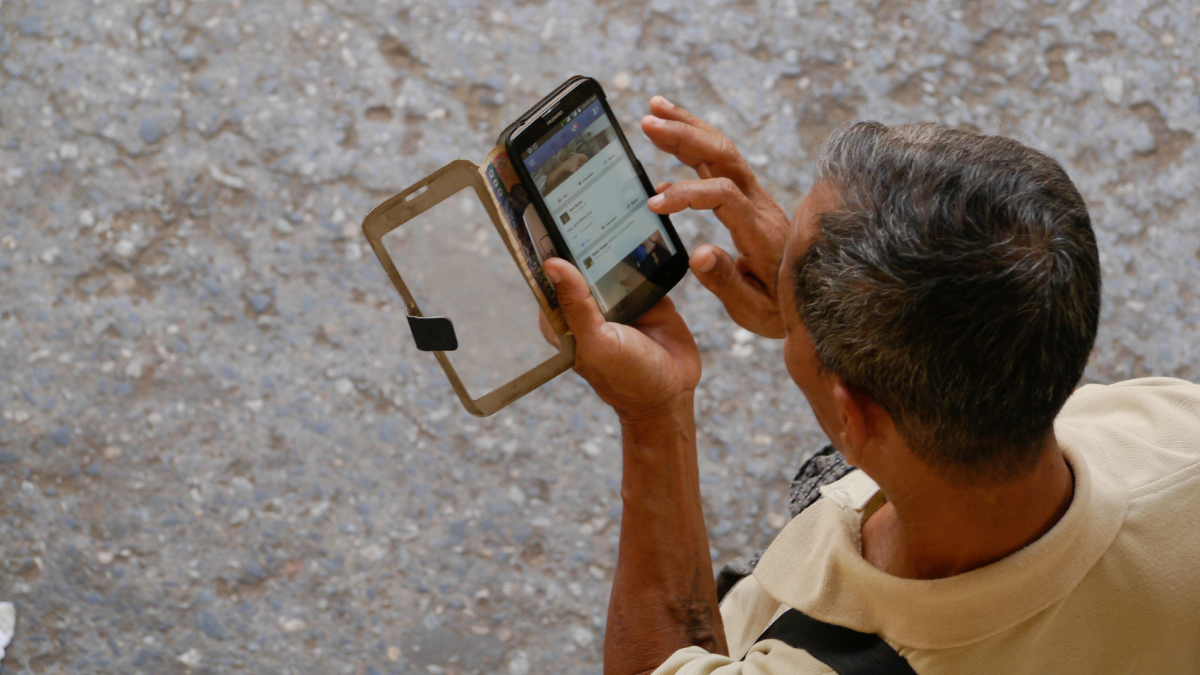
This post was written by Ms Anju Mangal, A4AI Asia-Pacific Regional Coordinator, and Teddy Woodhouse, Web Foundation Research Manager for Access and Affordability. Follow them on Twitter @Anju_Mangal and @TeddyWoodhouse.
Buying the latest smartphone is expensive, especially if you are living in parts of Africa, Asia, and the Pacific region. Why are many overpaying to get a decent smartphone with assorted mobile phone accessories especially during the Covid-19 pandemic?
The recently released report on device affordability by the Alliance for Affordable Internet (A4AI) highlights a huge barrier to internet access for many. With India included, the average smartphone affordability across Asia-Pacific jumps to 87.4% owing to the country’s role as an outlier with a very large population and high costs. In Mozambique, the cheapest smartphone is roughly 51.15% of average monthly income; while in Sierra Leone, the average person needs about a six months salary to purchase the cheapest handset. The situation in the Pacific Islands is no different. The cheapest smartphone on offer in Fiji was for US$65, roughly 13.3% of average monthly income.
Inability to afford a basic smartphone device could mean being cut off from vital information and services. This was echoed by panellists at the A4AI’s Webinar on Mobile Device Costs and Reaching Universal Internet Access held on 6 October 2020.
Teddy Woodhouse, A4AI Research Manager, highlighted aspects of the latest device pricing report which set the scene for our panellists to share their success stories and also challenges in reaching universal internet access. The presentation focused on the findings of A4AI’s smartphone pricing survey and illustrated some of the consequences of the device affordability barrier—particularly for women, young people, and those living in rural and remote areas.
Here are the key takeaways from the webinar.
Inability to afford an internet device affects online learning
Sarah Farooqui, Research and Advocacy Manager of Digital Empowerment Foundation in India, highlighted that the pandemic created an urgent necessity binding various factors which includes communication learning and almost all economic activity. One of the worst-hit sectors is education, she added. India has approximately 320 million students across all states, all of whom have had to shift out of physical classrooms to online learning platforms. Having a phone to attend online classes means that you need to have an affordable smartphone with decent internet connection and high bandwidth, per child in each family.
Innovative low-cost devices are key to bridging the digital divide
Sebastien Codeville, CEO of KaiOS, highlighted the importance of bridging the digital divide and shared how they developed KaiOS-powered mobile phones—basic feature phones with smartphone capabilities. The Nokia 2720 Flip model supports Google Assistant voice control and has WhatsApp, Facebook, and 4G capability, features most people need. These devices are affordable which works well in rural and remote communities with low data consumption.
A review of USF and new funding models could make devices affordable
To mitigate the digital divide, the National Institute of Communications of Mozambique (INCM) deployed public spaces with free internet access, mainly in schools and around every city in Mozambique. Salomao David, Head of Research and Development of INCM, said that with the new normal it’s a perfect time to revisit revenue regimes and look at how Universal Service Funds (USF) can be used to acquire high-speed broadband, bring people from the informal sector to the formal sector, and extend microcredit access for device purchases. He further added that the cost of mobile devices in Mozambique is high because of the revenue taxes imposed by the state.
Rollback of taxes makes devices more affordable
During the webinar, the panellists also talked about taxes having a large impact on device costs. The panel of speakers would like governments to look at tax reduction to make devices more affordable, especially for people living in rural and remote communities.
Collaboration and strategic partnerships are essential
Looking ahead, governments, civil societies, public, and private sectors need to work together to support more financing options available for consumers, particularly in the low- and middle-income countries. We also need to continue talking with manufacturers to find more ways to reduce the costs of mobile devices.
Conclusion
We need to find an entry point to bring all the key stakeholders together to ask the difficult questions, outline the need to find ways to tackle policy actions, and translate these important discussions into broadband policies and strategies.
For more updates on our work, follow us on Twitter at @a4a_internet and sign up to our newsletter.
Leave a Reply
